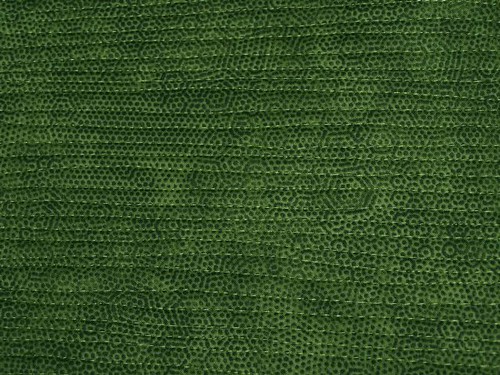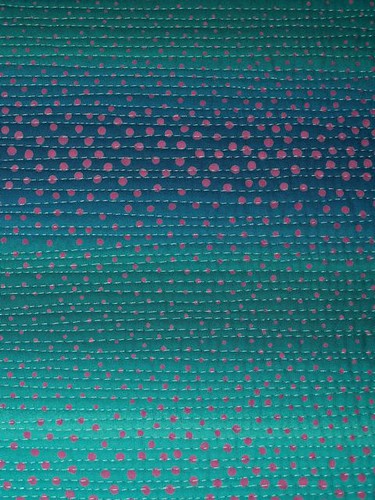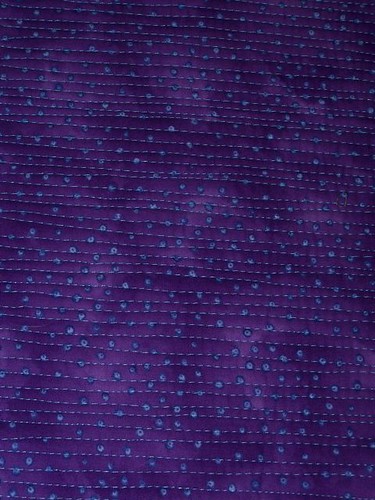Today I stitched some pieces of what will become the background for my Chenrezig. I’m very excited about this piece and don’t know whether to call it a thangka, a quilt, or something else. The figure is purely traditional. I used the traditional piecing and applique techniques I was trained in by Tibetan masters in Dharamsala. I created the drawing myself while studying how to draw within sacred proportions with Alex Kocharov in Sarnath many years ago. I have a special love of and connection with Chenrezig as a meditation deity, the representation of fully enlightened compassion and of our own potential.
And this Chenrezig will become part of a cloth wall hanging more similar to a contemporary art quilt than a traditional thangka. It’s an adventure, an experiment, which thrills me with a sense of risk and daring but also feels lovingly respectful of this Chenrezig figure I’ve created.
So today I was quilting. And since I’m still so new to quilting, the work was accompanied by a bit of fear of screwing up and curiosity about what technique might work best. While building some skill over the past months and waiting for some fabric to arrive, I’ve brainstormed design ideas which have changed multiple times. Now I think I know what I want the piece to look like, but bringing that vision into physical reality is something else.
My biggest discovery for the day was my love of free motion quilting, the life of the stitches, creating a rhythm of motion and breathing. One section, in particular, is long and horizontal, with long, rougly parallel lines of stitching running its length. In my practice pieces, I experimented with a normal presser foot and a walking foot — feed dogs up — as well as with a darning foot in free motion — feed dogs down. Because I had difficulty stitching smoothly at the long edge in free motion, I did the first few and the last few rows with the walking foot. But for the rest, I played joyfully in free motion. I have to say I like the subtle (well, at least as subtle as I can manage) irregularity of the stitches. I like using my breath to guide and time the movement. Here are some pictures of my results:





brava! bravissima!
un abbraccio – marlis
Grazie, Marlis! Your feedback means a lot to me!